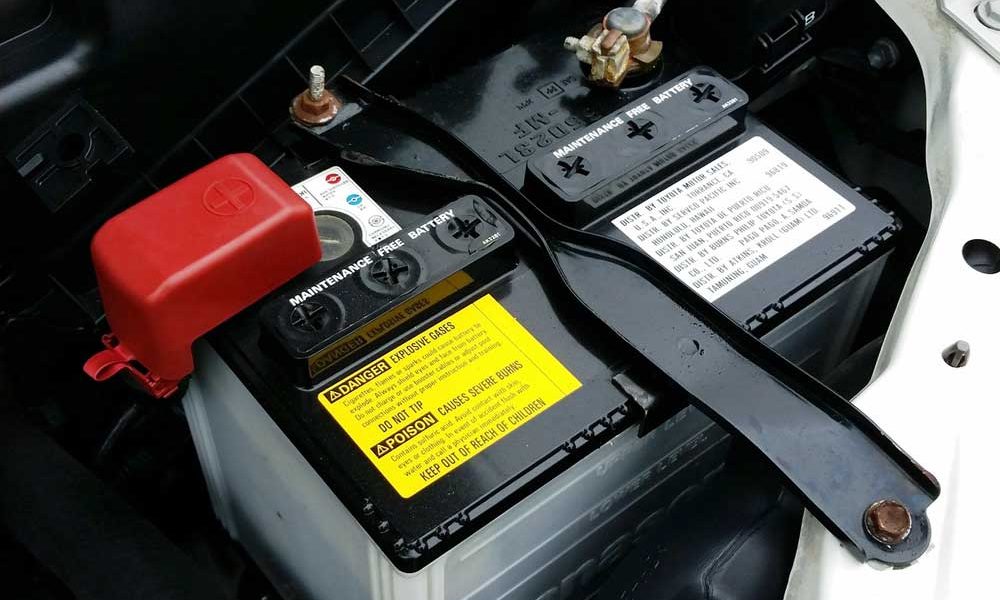In the 1960s, scientific and technological workers discovered in the process of studying the formation of coke that thermal polycondensation occurred during the heat treatment of asphalt to form anisotropic small spheres. Fusion. In 1973, Japanese scholars separated it from the asphalt precursor for the first time, and called the separated micron-sized spheres as mesocarbon microspheres (MCMB). Mesocarbon microspheres have good physical and chemical properties (such as chemical stability, thermal stability, electrical and thermal conductivity, etc.), and are a carbon material with great development potential and application prospects. It can be used as negative electrode material for lithium ion battery, high-density and high-strength carbon material, catalyst carrier, activated carbon with high specific surface area, etc.
The formation process of mesocarbon microspheres involves the processes of nucleation, growth and fusion. Compounds containing polycyclic aromatic hydrocarbons (such as coal tar, coal tar, petroleum tar, etc.) will form a discoid nematic liquid crystal structure after thermal polycondensation during heat treatment, which is spherical due to surface tension at a certain stage. The growth and fusion of the globules finally transformed into a mesophase-large fusion structure. The nano-scale spherical carbon materials obtained by separating these anisotropic small spheres from the mother liquid by appropriate methods are mesophase carbon microspheres.
The research on the formation mechanism of mesocarbon microspheres has roughly gone through three stages: the theory of liquid-phase carbonization, which spans the early and middle stages of the study of mesocarbon microspheres; after that, some researchers improved the theory of liquid-phase carbonization and pointed out that The formation of mesocarbon microspheres is not a simple insertion and fusion of small spheres, but the result of continuous construction between different structural units, that is, the theory of microdomain construction; later, some researchers proposed the theory of particle basic unit construction, which proposed The formation and development process of mesophase is the continuous construction of tertiary structure.

